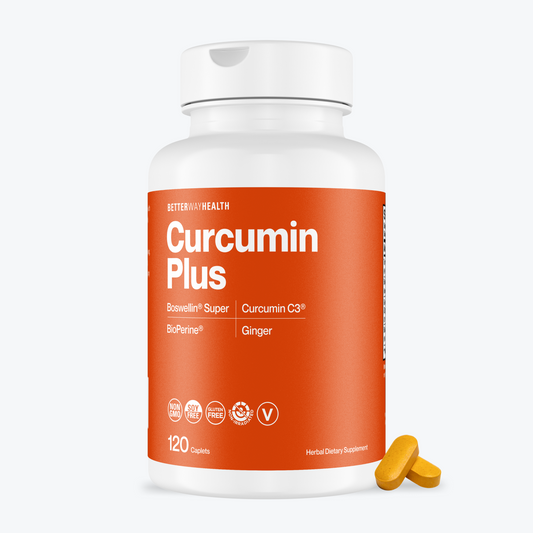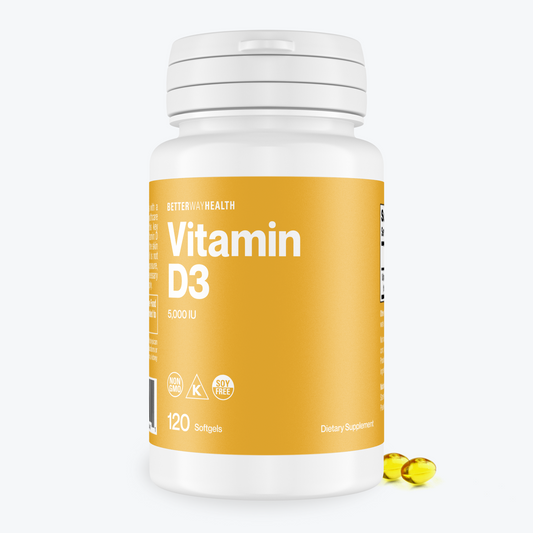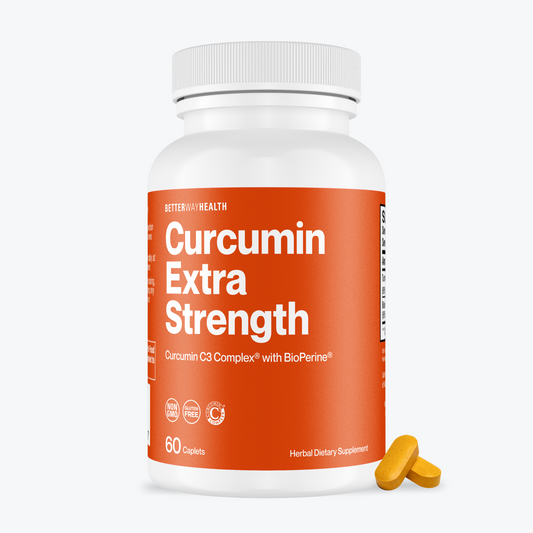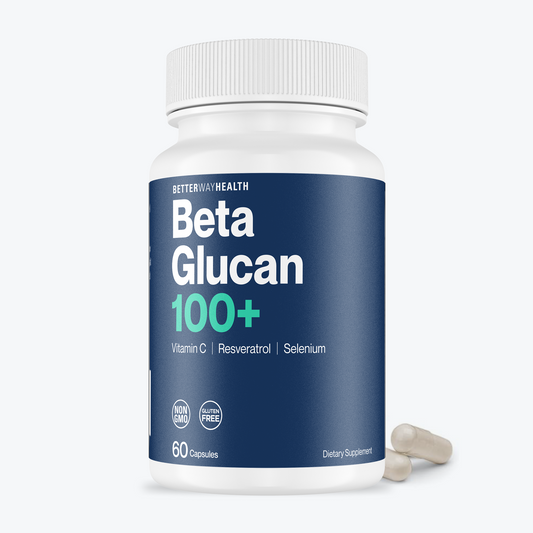Great Tasting Healthy Smoothies for Kids
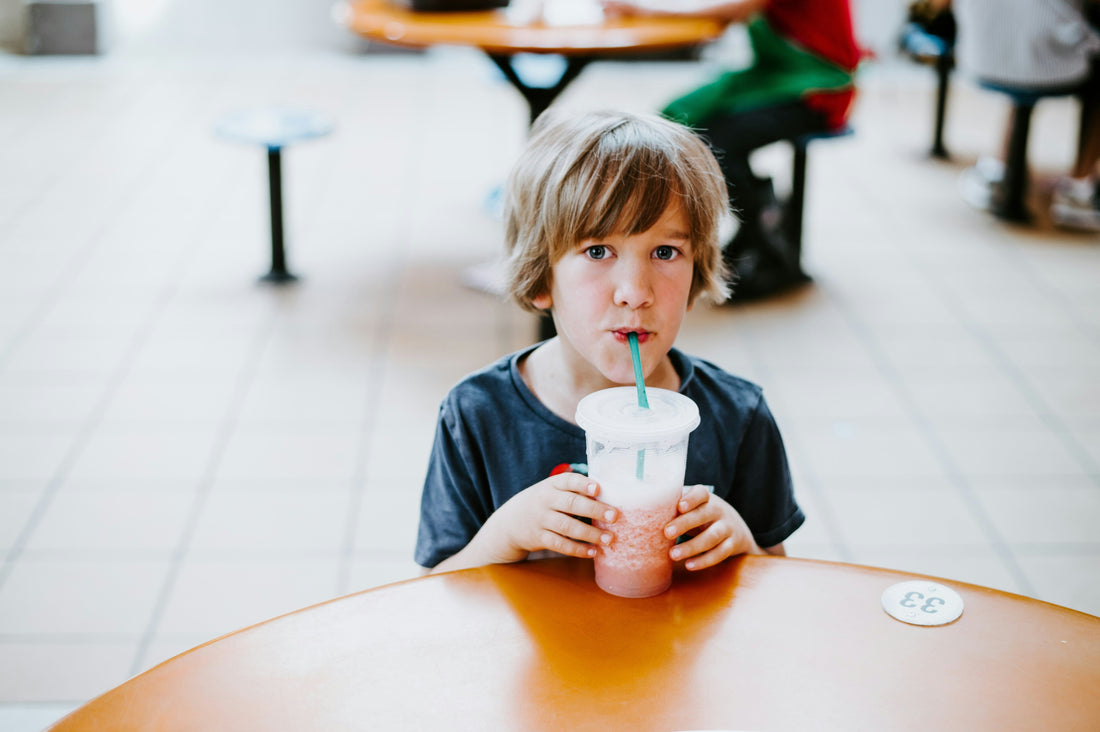
We all want our kids to choose healthy foods. Who hasn’t dreamed that their five-year-old would ask for broccoli or turn down soda for water? Sometimes our dreams come true. Other times, we order the corndog and pray they don’t turn into a radioactive comic book character because of it.
Raising a whole foods kid in a fast food world is not easy! That’s why I maintain that a good blender is a parent’s most invaluable kitchen tool.
A smoothie can be filled with the veggies and fruits that little ones aren’t keen on grabbing from their dinner plates. Best of all, on a really tough day, you can whip out smoothie “ice cream” for breakfast and become the world’s coolest parent.
Powering Up with Produce
Kids are resilient creatures. They can bounce back in a snap from things that would keep us adults down for a week. When we think of kids as resilient, though, we shouldn’t equate that with slacking on nutrition and wellness habits. They won’t be kids forever. Your child is building the foundation for a long, healthy life.
We know that fruits and vegetables are important parts of a healthy diet, but do you know why? Eating a wide range of produce can provide:
- Antioxidants
- Vitamins
- Minerals
- Fiber
- Flavor!
Mixing up the kinds of fruits and vegetables we eat keeps our body guessing, which means it is scarfing down every nutrient it can get. Vitamins and minerals power important functions, from preventing illness to building strong bodies—and supplements can’t always give kids what they need. Meanwhile, antioxidants and fiber scrub the body clean, from our intestines to our cells.
And don’t forget flavor! The more kids learn to enjoy the flavors in real-food smoothies, the more attuned their palates can become to real food in general. In fact, enjoying mealtime is a key preventative for picky eating overall. Smoothies meet a picky eater where they are, helping them learn what good food can really taste like and how fun it can be.
Making Yummy, Healthy Smoothies for Kids

Start with a Healthy Smoothie Recipe for Kids, then work up to your own delicious combinations. You can create your own by building on this smoothie framework:
Protein. You can use a protein powder, or start off with a handful of nuts ground in a dry blender before the other ingredients are added. Almonds, cashews, walnuts, and pecans all work well in just about anything.
Liquid. Creamy, heavier smoothies are usually best with dairy or dairy substitutes: milk, almond milk, coconut milk, yogurt, or kefir. Lighter smoothies are excellent with juice, coconut water, or plain water.
Texture. Put the smooth in smoothie with a creamy fruit. Banana, mango, avocado. For an extra special treat, freeze them first.
Flavor. Here’s where it gets fun! Fresh and frozen fruits, veggies and nuts are a given. Add vanilla extracts to rich smoothies and almond extract to lighter ones.
Color. Any color is good, but you really want to go for green! Baby spinach is the mildest, followed by kale. I’ve found that banana can completely mask a mild green. As your kids settle in to the smoothie craze, try celery, beet juice, and varied greens.
Mix-ins. You remember making sundaes as a kid – let your kids have some fun with your smoothies, too! Cacao nibs or chocolate chips, frozen wild blueberries, dried fruit, pomegranate…some sprinkles now and then won’t hurt, either!
Kids’ Supplementation Needs

Today, more than 40% of Americans supplement with multivitamins, and more than 50% use some sort of supplement daily. In all, we spend a whopping $30 billion a year on supplements!
But when it comes to kids, most multivitamins are a waste of money. They are often full of sugar, artificial flavorings, and colorings and are not balanced at all.
By including a healthy smoothie in your kids’ menu regularly, you can ensure they get plenty of vitamins and minerals naturally. The deep-colored vegetables provide antioxidants and phytonutrients, fruit offers energy-making carbohydrates, and protein helps grow strong, healthy bodies.
Still, there is a time and place for trusted, high-quality supplements to enhance nutrient intake and support growing bodies. Beta glucan fits the bill, and we almost always recommend it for childhood supplementation.
Beta glucan is a fiber found in some plants, bacteria, fungi, and yeast. Each source breaks down into a slightly different type of beta glucan, with arguably the most efficient type (beta-1,3d-glucan) coming from baker’s yeast (1).
Instead of relying on multivitamins for basic nutrition, kids’ healthy diets—improved by yummy smoothies—can be boosted with this important and rarely consumed substance. As a fiber, beta glucan helps improve gut health and plays a key role in everything from nutrient absorption to immune function. Beta glucan supplementation can also help your child fight common adulthood illnesses now. According to a 2012 review in the Journal of Nutrition and Metabolism:
"Dietary fibers have been strongly implicated in the prevention and treatment of various characteristics of the metabolic syndrome... Among soluble fibers, beta–glucan is the most frequently consumed and is associated with reduced presence of insulin resistance, dyslipidemia, hypertension, and obesity." (2)
For more immediate concerns, beta glucan is an immune regulator linked to the prevention of childhood health concerns, including allergies, respiratory illnesses, and even cancer.
By helping the immune system work more efficiently, beta glucan has been shown to help kids maintain stable immune responses in the face of both physical and environmental stressors. In a randomized, double-blind study conducted at the University of Kentucky in 2013, researchers observed beta glucan in action.
While heavy physical activity and environmental pollutants often inhibit the immune system, beta glucan kept kids healthy and active, with immune responses remaining stable and efficient. Researchers concluded there were “strong effects of glucan supplementation on the overall health status of all children in this group” (3, 4).
The first line of defense for a healthy childhood is a nutritious diet and plenty of activity. By powering your kids’ day with loads of fruits and veggies in a yummy smoothie, then supporting their growing bodies with a beta glucan supplement, you can ditch the counter full of unnecessary supplements and skip the picky-eating battles at dinnertime.
Maybe it is easy to raise whole-foods kids, after all!
Still have questions?
Our ACES Team is always there to help.




